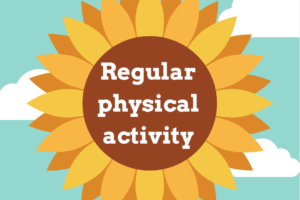 Physical Activity Promotion In The Thalidomide Population
Physical Activity Promotion In The Thalidomide Population
Aims
The overall aims of this project were to develop an understanding of thalidomide survivors' experiences of physical activity and to use this understanding to promote an increase in physical activity motivation and behaviour.
It took place over 3 phases and used an approach which involved thalidomide survivors at every stage of the process.
The aims of each phase were:
- Phase 1: Understand thalidomide survivors' varied experiences of physical activity
- Phase 2: Use these experiences to design a pilot intervention aiming to increase physical activity motivation and behaviour
- Phase 3: Run the pilot scheme and evaluate the results
What was found
The project has demonstrated that Trust beneficiaries are receptive to a physical activity promotion intervention.
Although their experiences of physical activity varied by individual, there were common themes emerging. These themes were used by the intervention design team to develop a pilot plan to empower thalidomide survivors to make their own choices regarding physical activity. 12 beneficiaries, who identified as inactive and/or struggling to do physical activity on a regular basis, worked in collaboration with the researchers to agree the final pilot plan.
Beneficiaries who completed the pilot plan described positive experiences of taking part which resulted in benefits to their relationship with physical activity.
A larger scale roll-out of this work has the potential for great benefits to physical and mental health.
The Trust are currently working on a plan aiming to bring these benefits to the wider thalidomide community.
Read the full published report for Promoting Physical Activity In The Thalidomide Population
You may also be interested in

